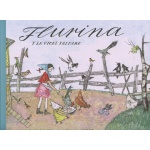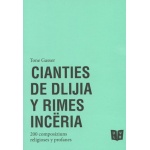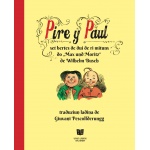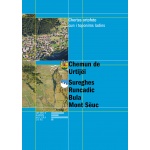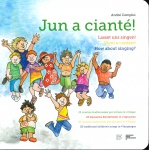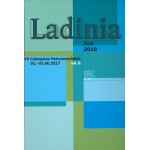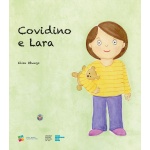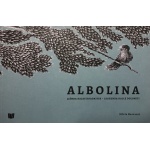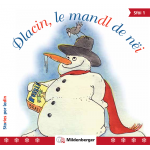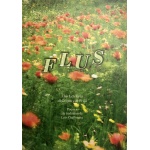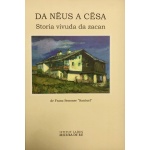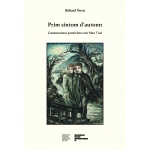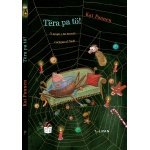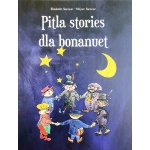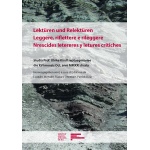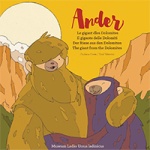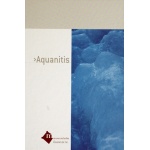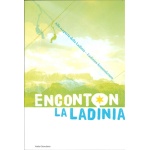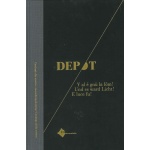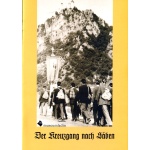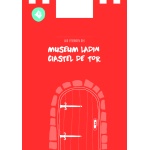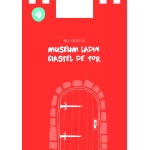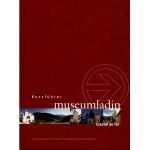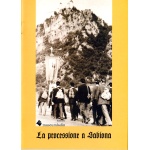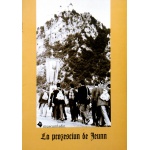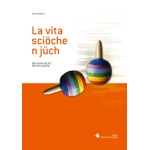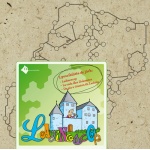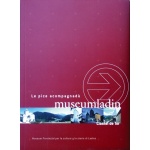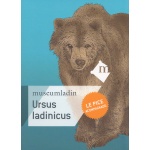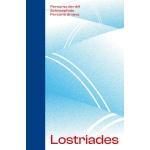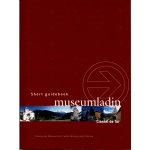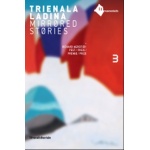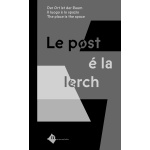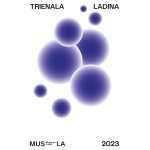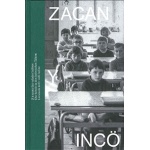Sort de documënt: Revista Ladinia
Titul: Relazioni lessicali tra i dialetti dell’Italia settentrionale e le parlate della Ladinia
Relazioni lessicali tra i dialetti dell’Italia settentrionale e le parlate della Ladinia
Bauer, Roland
Descriziun: Ladinia XLVIII, 035–052
https://doi.org/10.54218/ladinia.48.35-52
Ressumé
En confrunt ai resultac basá söl’ejaminaziun di corpora fonetics y/o morfosintatics, ne confermëia l’analisa dialetologica y dialetometrica di dac lessicai publicá tl Atlant linguistich dl ladin dolomitich y di dialec vejins (ALD) nia la classificaziun tradizionala dles trëi gran perts dla Ladinia (aladô dla tesa de Ascoli). Dal punt d’odüda dl lessich é ma le ladin dolomitich setentrional y le rumanc caraterisá da na gran destanza dal talian, deperpo che le lessich dolomitich meridional y furlan é plü daimpró dal standard dl lingaz nazional. Por ci che reverda les relaziuns interladines, vëiga le furlan (carnich) i lingac dla Ladinia dolomitica y di Grijuns coche antagonisć. Dal punt d’odüda dl rumanc é les maius destanzes lessicales da odëi fora en confrunt al ladin dolomitich setentrional (dla Val Badia y de Gherdëna), cun chëres ch’al partësc ma n terzo dles passa 2.000 carateristiches lessicales ejaminades.
Abstract
In contrast to the results based on the examination of phonetic and/or morphosyntactic corpora, the dialectological and dialectometric analysis of the lexical data published in the Linguistic Atlas of Dolomitic Ladin and Neighbouring Dialects (ALD) does not confirm the common classification of the three parts of Ladinia (as understood in the sense of Ascoli). From a lexical point of view, only Northern Dolomitic Ladin and Romansh differ greatly from Italian, while the Southern Dolomitic and Friulian lexicons are closer to the standards of the national language. As far as inter-Ladin relations are concerned, the languages of the Dolomite Ladinia and the Canton of Graubünden can be seen as antagonists of Friulian (Karnic). From the point of view of Romansh, the greatest lexical distance exists in relation to Northern Dolomite Ladin (from the Badia and Gardena valleys), with which it shares only a third of the more than 2.000 lexical features examined.
https://doi.org/10.54218/ladinia.48.35-52
Ressumé
En confrunt ai resultac basá söl’ejaminaziun di corpora fonetics y/o morfosintatics, ne confermëia l’analisa dialetologica y dialetometrica di dac lessicai publicá tl Atlant linguistich dl ladin dolomitich y di dialec vejins (ALD) nia la classificaziun tradizionala dles trëi gran perts dla Ladinia (aladô dla tesa de Ascoli). Dal punt d’odüda dl lessich é ma le ladin dolomitich setentrional y le rumanc caraterisá da na gran destanza dal talian, deperpo che le lessich dolomitich meridional y furlan é plü daimpró dal standard dl lingaz nazional. Por ci che reverda les relaziuns interladines, vëiga le furlan (carnich) i lingac dla Ladinia dolomitica y di Grijuns coche antagonisć. Dal punt d’odüda dl rumanc é les maius destanzes lessicales da odëi fora en confrunt al ladin dolomitich setentrional (dla Val Badia y de Gherdëna), cun chëres ch’al partësc ma n terzo dles passa 2.000 carateristiches lessicales ejaminades.
Abstract
In contrast to the results based on the examination of phonetic and/or morphosyntactic corpora, the dialectological and dialectometric analysis of the lexical data published in the Linguistic Atlas of Dolomitic Ladin and Neighbouring Dialects (ALD) does not confirm the common classification of the three parts of Ladinia (as understood in the sense of Ascoli). From a lexical point of view, only Northern Dolomitic Ladin and Romansh differ greatly from Italian, while the Southern Dolomitic and Friulian lexicons are closer to the standards of the national language. As far as inter-Ladin relations are concerned, the languages of the Dolomite Ladinia and the Canton of Graubünden can be seen as antagonists of Friulian (Karnic). From the point of view of Romansh, the greatest lexical distance exists in relation to Northern Dolomite Ladin (from the Badia and Gardena valleys), with which it shares only a third of the more than 2.000 lexical features examined.
Lingaz: DE
Data: 2024
Autur: Bauer, Roland
Copyright: Istitut Ladin Micurá de Rü - ISSN 1124-1004

